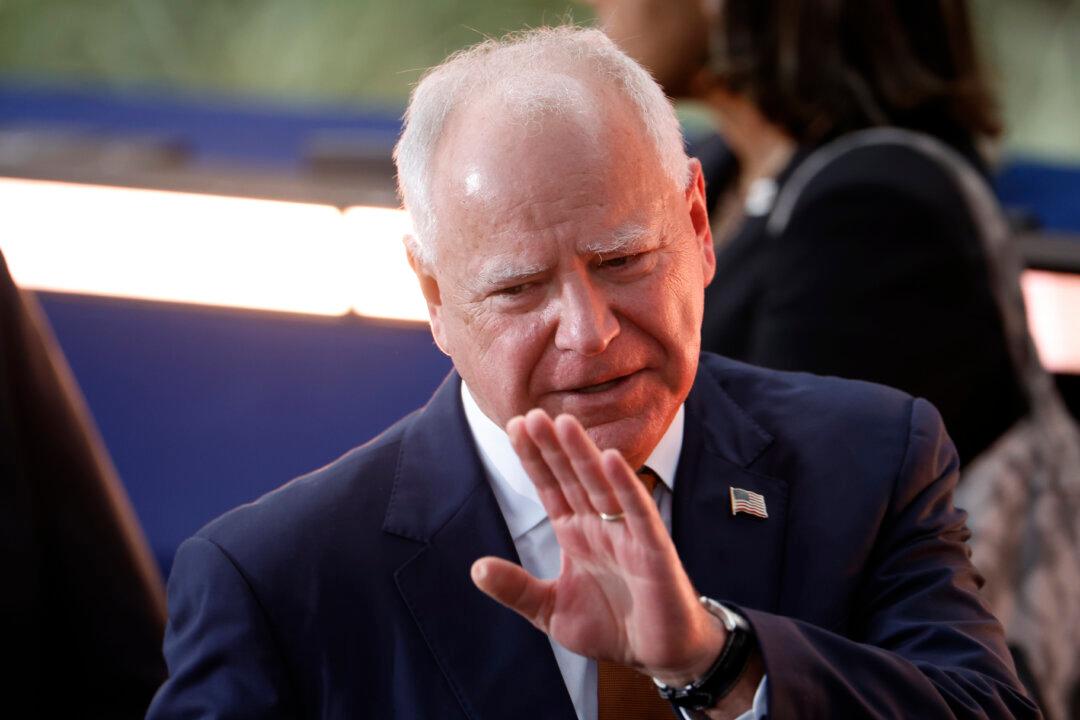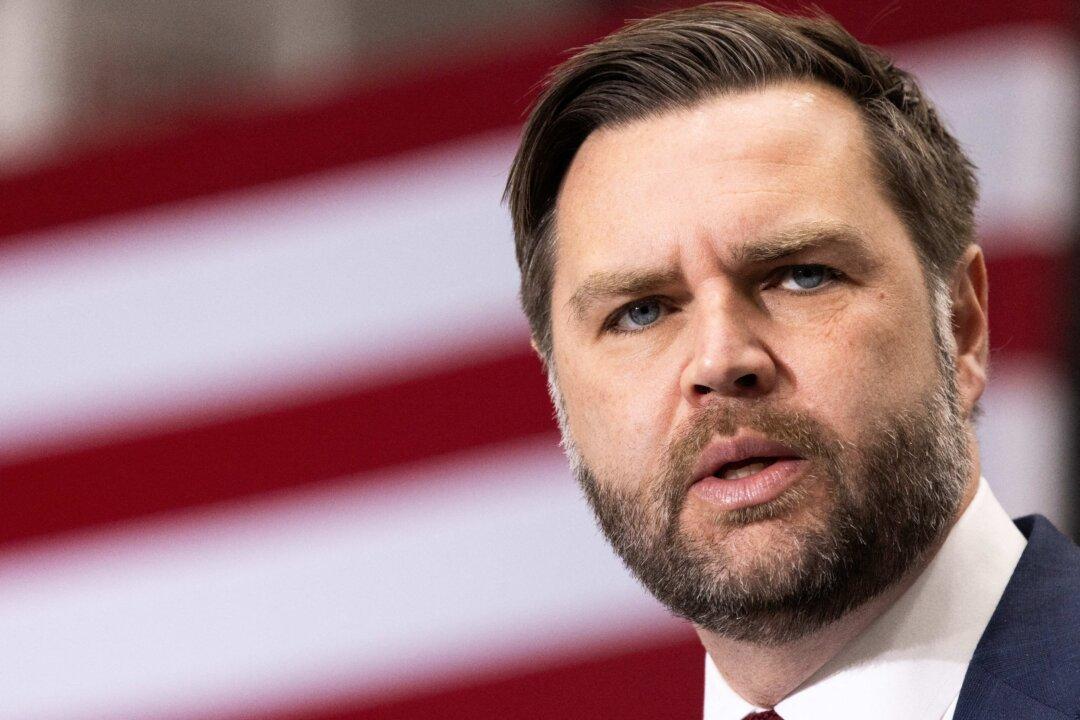The U.S. Food and Drug Administration is monitoring the medical product supply for potential disruptions caused by the new coronavirus outbreak amid a “chronic shortage” of some supplies.
Medical supplies like masks are already running low in some areas of the country in addition to a shortage globally amid a sharp spike in demand.





